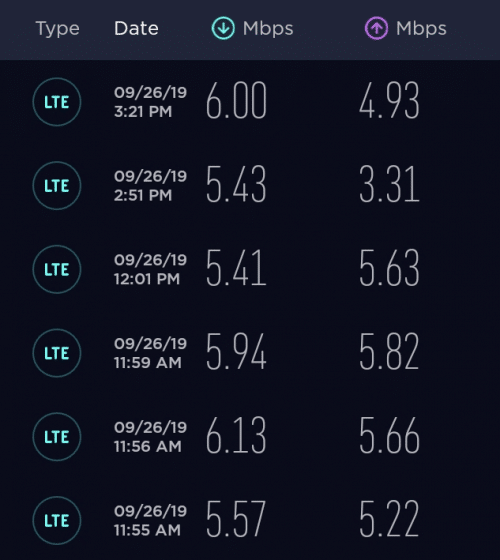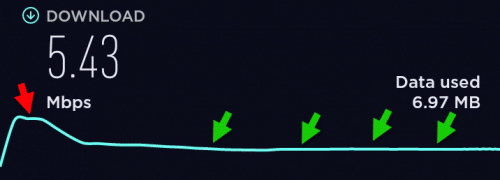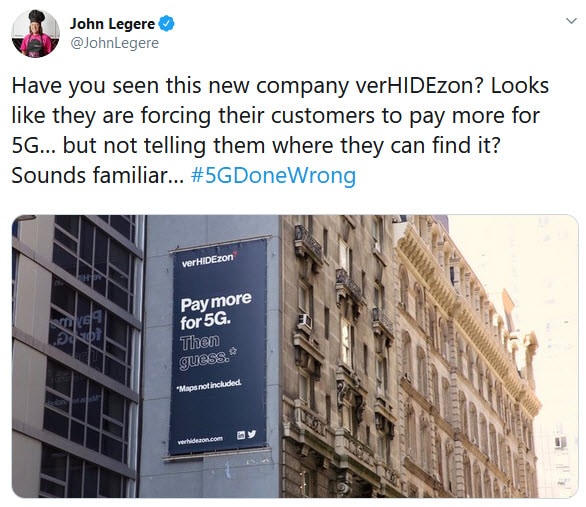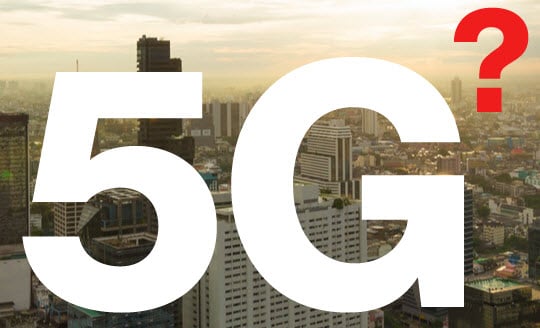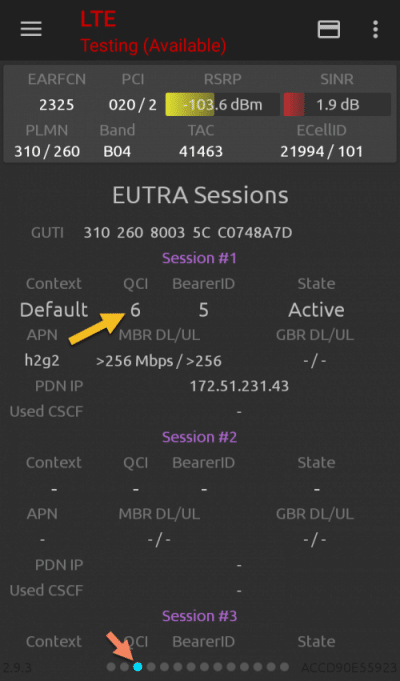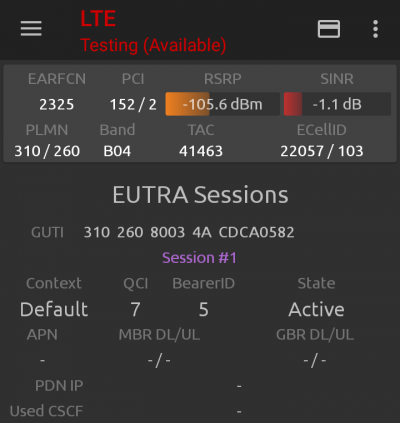Wireless carriers often offer service with a lower price per line for customers on multi-line plans. For example, here’s how Verizon prices its Start Unlimited Plan:1
- 1 line – $70 per line
- 2 lines – $60 per line
- 3 lines – $45 per line
- 4 lines – $35 per line
- 5 lines – $30 per line
The cost per line with five users is less than half of the cost per line with only one user. I can think of a few reasonable-seeming explanations for why carriers price their plans this way.
Reduced logistical costs
There may be higher overhead costs per subscriber on single-line plans than on multi-line plans. For example, carriers incur costs when sending bills and processing payments. Even if a multi-line plan has five lines, there is only one bill that needs to be paid each month. Similarly, support costs per line may be lower for multi-line plans. Offering support to an account with five lines probably does not take 5x the effort it takes to offer support to an account with only one line.
Different price sensitivity
Multi-line plans tend to be purchased by families. People may be more price-sensitive when shopping for family plans. Maybe people are often willing to pay top-dollar for an individual (single-line) plan but unwilling to pay top-dollar for service for a whole family.
Looking at it another way, shopping around for deals makes more sense as the price of a service increases. The total cost of a family plan tends to be higher than the total cost of a single-line plan.
Inconsistent use
Not everyone uses their phones in the same way. When my family shared a plan, my sister and I used a fair amount of data. My brother used a little bit of data. My parents barely used any data. On the flip side, I barely used minutes; many of my family members talked on their phones regularly.
When buying a single-line plan, it’s often easy for people to find a plan that’s well-matched to how they use their phone. When family plans require all subscribers to be on the same plan, some people will be forced into plans that are mismatched with their levels of use. I expect it’s common for families to put everyone on an unlimited plan because one or two family members use a lot of data. As a result, lots of light data users end up on multi-line, unlimited plans. In contrast, light data users purchasing single-line plans rarely end up on unlimited plans.
I expect the average person on a single-line, unlimited plan from Verizon uses more data than the average person on a multi-line, unlimited plan from Verizon. Subscribers that use Verizon’s network more heavily contribute more to Verizon’s expenses. As a result, Verizon charges single-line users a higher rate per line.
If everyone in your family uses their phones in about the same way, consider yourself lucky. Your family may be able to get an unusually good deal on wireless service.


